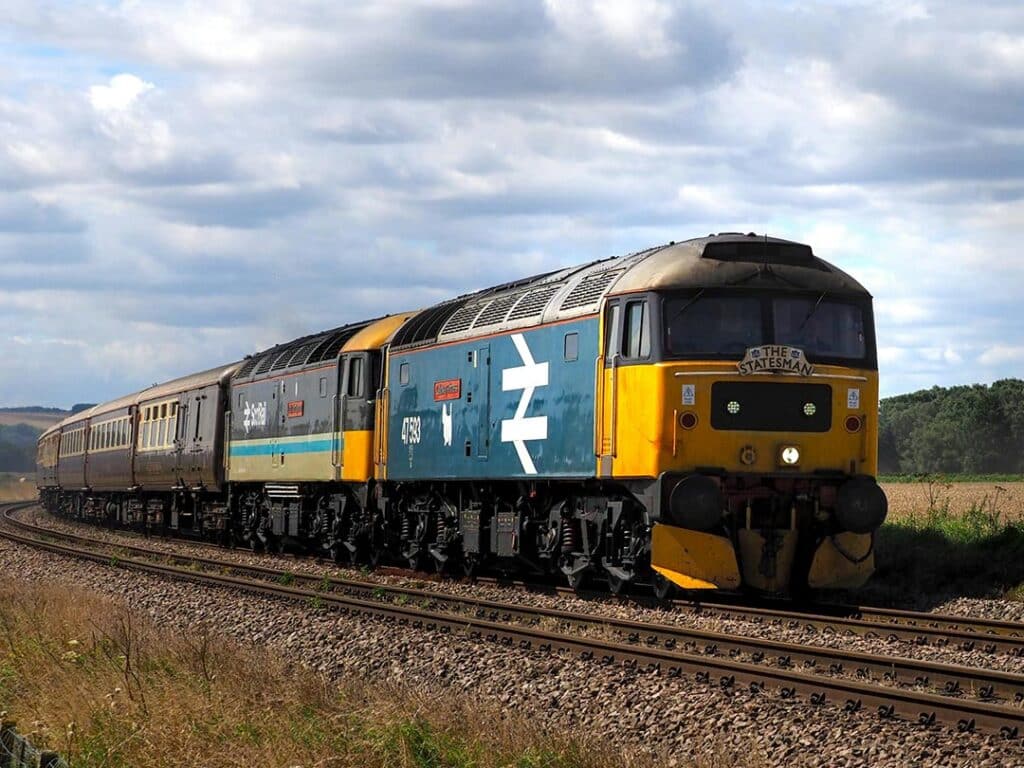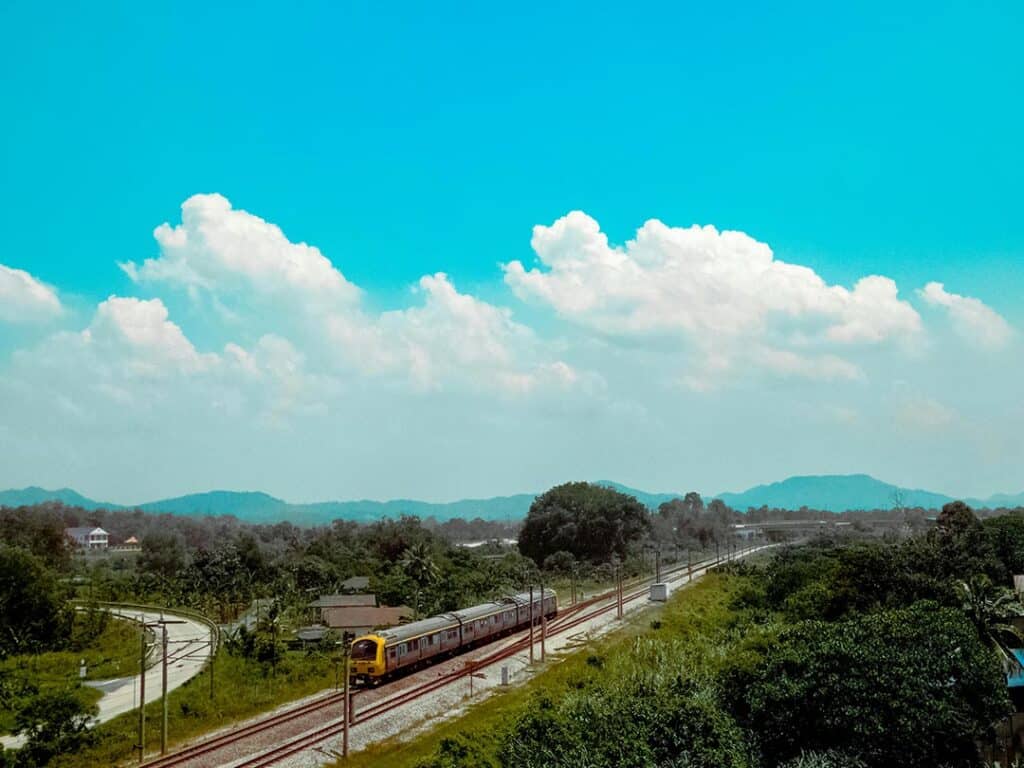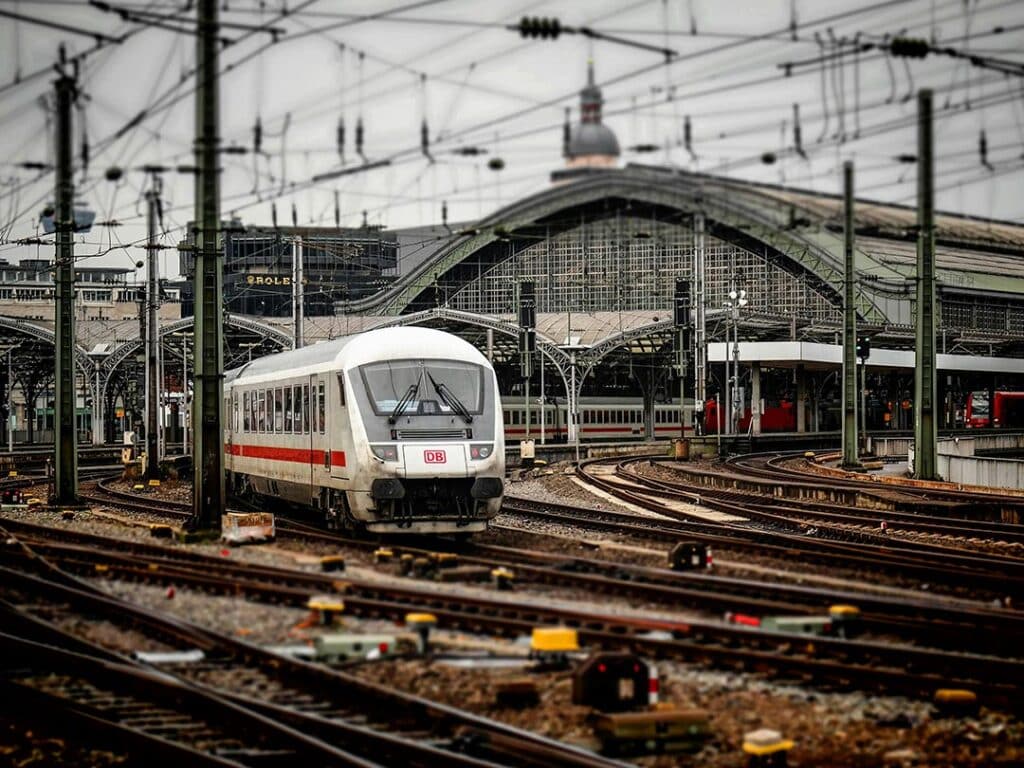In the ever-evolving new generation of railway technology, Solid State Interlocking (SSI) and Computer Based Interlockings (CBI) stand as pivotal innovations shaping the future of rail signalling. These advanced systems have a significant impact on the safety, efficiency, and reliability of railway operations worldwide. As the industry continues to embrace digital transformation, understanding the nuances between SSI systems and CBI systems has become crucial for railway professionals and enthusiasts alike.
This article delves into the world of modern railway interlocking technologies, exploring the historical development, technical aspects, and practical applications of both SSI and CBI systems. By examining their strengths, limitations, and real-world performance, readers will gain valuable insights into the current state of railway signalling and its future trajectory. The comparison between these two ground-breaking interlocking systems technologies, sheds light on the ongoing evolution of rail safety and operational efficiency in the digital age.

Historical Development
The evolution of railway interlocking systems and components has been marked by significant technological advancements. In the early stages, manual signalling and routing systems relied heavily on the expertise of signalmen . This approach, while effective, was labour-intensive and prone to human error.
Mechanical Interlocking
The 19th century saw the invention of the lever frame, which allowed for centralised control of points and signals from a single signal box . This innovation used metal rodding and wire runs to connect levers to point switch blades and signal arms, respectively. Many of these mechanical boxes, known for their robustness and reliability, are still in service today .
Relay Interlocking
The advent of electricity led to the development of relay interlocking. This system used large quantities of BR930 relays to perform the same logic as a lever frame . Route Relay Interlocking (RRI) implemented control rules through Boolean logic using electromechanical relays . While effective, RRI installations required thousands of relays, resulting in high costs and lengthy timescales for installation and maintenance .

Solid State Interlocking systems – SSI
Solid State Interlocking (SSI) was developed in the 1980s by British Rail, GEC (now Alstom), and Westinghouse (now Siemens Rail Automation) . SSI replaced traditional electromechanical relays with electronics, using software variables and algorithms to simulate relay circuits . This system offered advantages such as minimal space requirements, reduced wiring costs, and easier maintenance .
Computer Based Interlocking – CBI systems
Computer Based Interlocking (CBI) represents the most modern signalling interlocking technology. These systems utilise advanced software and hardware to control and monitor train movements, offering enhanced flexibility, increased capacity, and improved reliability . A CBI system can quickly analyse and respond to changing conditions, optimising train routing and minimising delays .
Technical Comparison
SSI Architecture
SSI utilises a 2-out-of-3 redundancy architecture, ensuring safety-critical functions are performed in three separate processing lanes with results voted upon . An SSI interlocking cubicle comprises three Interlocking Processors or Multi Processor Modules (MPMs), two Panel Processors, and a Diagnostics Processor (DMPM) . The system can operate on two MPMs if one fails, demonstrating its fault tolerance .
CBI Architecture
A CBI system typically consist of three levels: management and control, interlocking dependency processing, and object controller system . Data exchange between levels occurs via high-efficiency dual network Ethernet with standard TCP/IP protocols . The upper level is formed by the Local Control Supervisory System (LCSS) .
Key Differences
SSI communicates with up to 63 Trackside Functional Modules (TFM) over a duplicated two-wire data link, offering elegant simplicity . In contrast, CBI systems can control multiple stations and open lines from a single LCSS, providing greater flexibility . CBI also offers expanded functional capabilities and easier interface with higher-level systems .
Performance Comparison
While CBI systems offer advantages in terms of scalability and integration, SSI remains competitive for modest schemes . CBI systems provide developed diagnostics and cost reductions throughout the entire life span . However, SSI’s proven track record and extensive deployment on national networks demonstrate its reliability and effectiveness .
Conclusion
The journey through the evolution of railway signalling technologies reveals the significant strides made in enhancing safety and operational efficiency. SSI and CBI systems have both had a profound impact on the rail industry, each offering unique strengths and capabilities. These advancements have not only improved the reliability of railway operations but have also paved the way for increased capacity and smoother traffic management.
Looking ahead, the future of railway signalling seems poised for further innovation. As technology continues to evolve, we can expect to see even more sophisticated systems that blend the best features of both SSI and CBI. This ongoing development in signalling technology promises to keep pushing the boundaries of what’s possible in railway operations, ensuring safer, more efficient, and more responsive rail networks for years to come.
FAQs
What exactly is an SSI interlocking?
Solid State Interlocking (SSI) refers to a first-generation processor-based interlocking system developed during the 1980s by British Rail’s Research Division, alongside GEC-General Signal and Westinghouse Signals Ltd in the UK. It involves a specific cubicle manufactured by GEC designed for this purpose.
What are the various types of railway interlockings?
The different types of railway interlockings include:
- Mechanical interlocking
- Electro-mechanical interlocking
- Relay interlocking
- Electronic interlocking
Where is the world’s largest railway interlocking system located?
The world’s largest Electronic Interlocking System is currently operational at a station in West Bengal.

